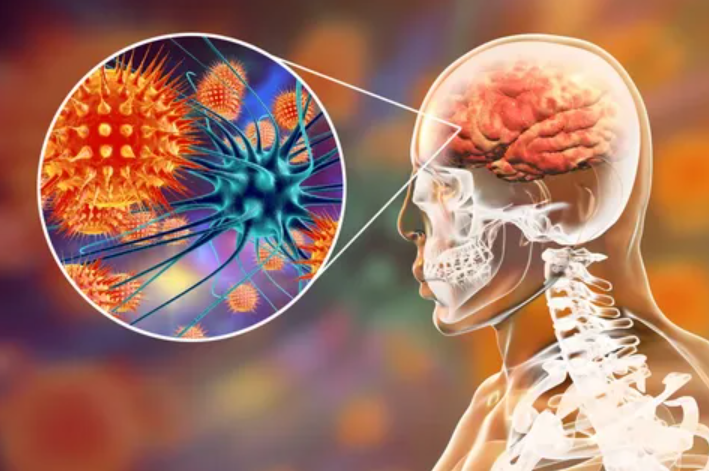Meningitis is a serious healthcare condition that affects the meninges and triggers the symptoms such as headache, fever, and stiff neck. It is identified by checking inflammation in cerebrospinal fluid (CSF) that surrounds the spinal cord and the brain. There are several exams and tests available as a part of the diagnostic process, but only lumbar puncture has proven to be effective to confirm meningitis.
Computed tomography is another way to detect infection of meningitis. It is a computerized x-ray imaging procedure that creates a comprehensive image of internal organs, blood vessels, and soft tissues. Apart from this, magnetic resonance imaging (MRI) can be effective in meningitis imaging. It is used to monitor complications of meningitis including hydrocephalus, empyema, and parenchymal abscess.
According to Allied Market Research, the global meningitis imaging market is expected to reach $243.72 thousand by 2030, growing at a CAGR of 4.0% from 2021 to 2030. Technological advancements in meningitis imaging systems increased consumer awareness and demand for preventive diagnostic screening, and surge in demand for healthcare services from the aging population has boosted the market growth.
Acute bacterial meningitis is a common neurological disorder and one of the leading causes of death across the globe. Its diagnosis is based on microbiological and clinical findings using various imaging techniques. The symptoms of meningitis are quite similar to the symptoms of other common disorders that affect the nervous system. Thus, meningitis imaging is essential for accurate diagnosis.
MRI or brain CT
Brain imaging usually offers an accurate idea about meningitis. Thus, using MRI or computed tomography (CT) is used to spot inflammation of meningitis. This procedure uses contrast, which is a substance that is injected into the veins so that the tissues can be clearly viewed on the scans.
Although meningitis does not always lead to the appearance of inflammation by brain imaging, studies suggest that MRI or CT scans offer to identify other neurological conditions such as bleeding in the brain, brain tumor, stroke, and abscesses.
Spine MRI
Similar to MRI or brain CT, meningitis can be identified using spine MRI as it can help in detecting inflammation of meningitis and other issues such as bleeding, tumors, or abscesses.
Chest X-rays
It might seem irrelevant to have an x-ray of the chest to diagnose meningitis. However, infection in the chest or lungs can be a sign of viral or bacterial infection that is affecting other parts of the body along with meninges.
It is hard to find out the underlying cause of meningitis. However, studies show that viral or bacterial infection can be a major cause of meningitis. Meningitis leads to symptoms that are quite similar to viral infection. However, the main difference is that involves the head, eyes, and neck while other infections involve sinuses and the throat along with diarrhea, vomiting, and nausea. Apart from this, migraine headaches can be the cause of meningitis. Some studies show that low blood pressure, seizures, brain abscess, and muscle strain can cause meningitis.
In short, meningitis is an infection or inflammation of the meninges that line the spinal cord and brain. The main symptoms are severe headaches, stiff neck, and fever. The best method for diagnosis of meningitis is a spinal tap however, due to advancements in imaging technologies, MRI and CT scans can offer definitive proof of meningitis. Moreover, imaging of the brain and spinal cord can help check for other complications or serious conditions that have similar symptoms as meningitis. Thus, healthcare practitioners often urge to have an MRI or CT scan for patients who shows symptoms of meningitis.


